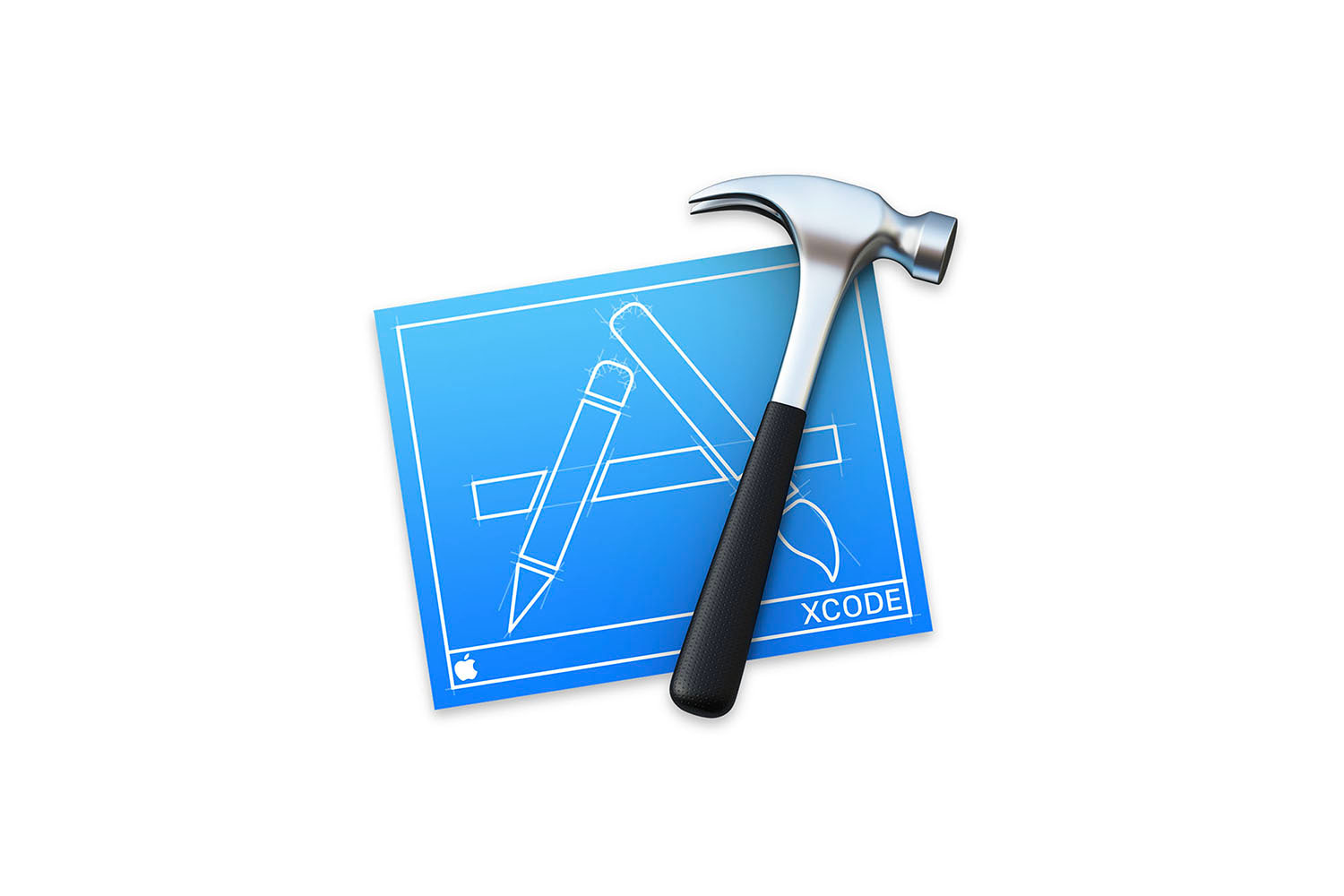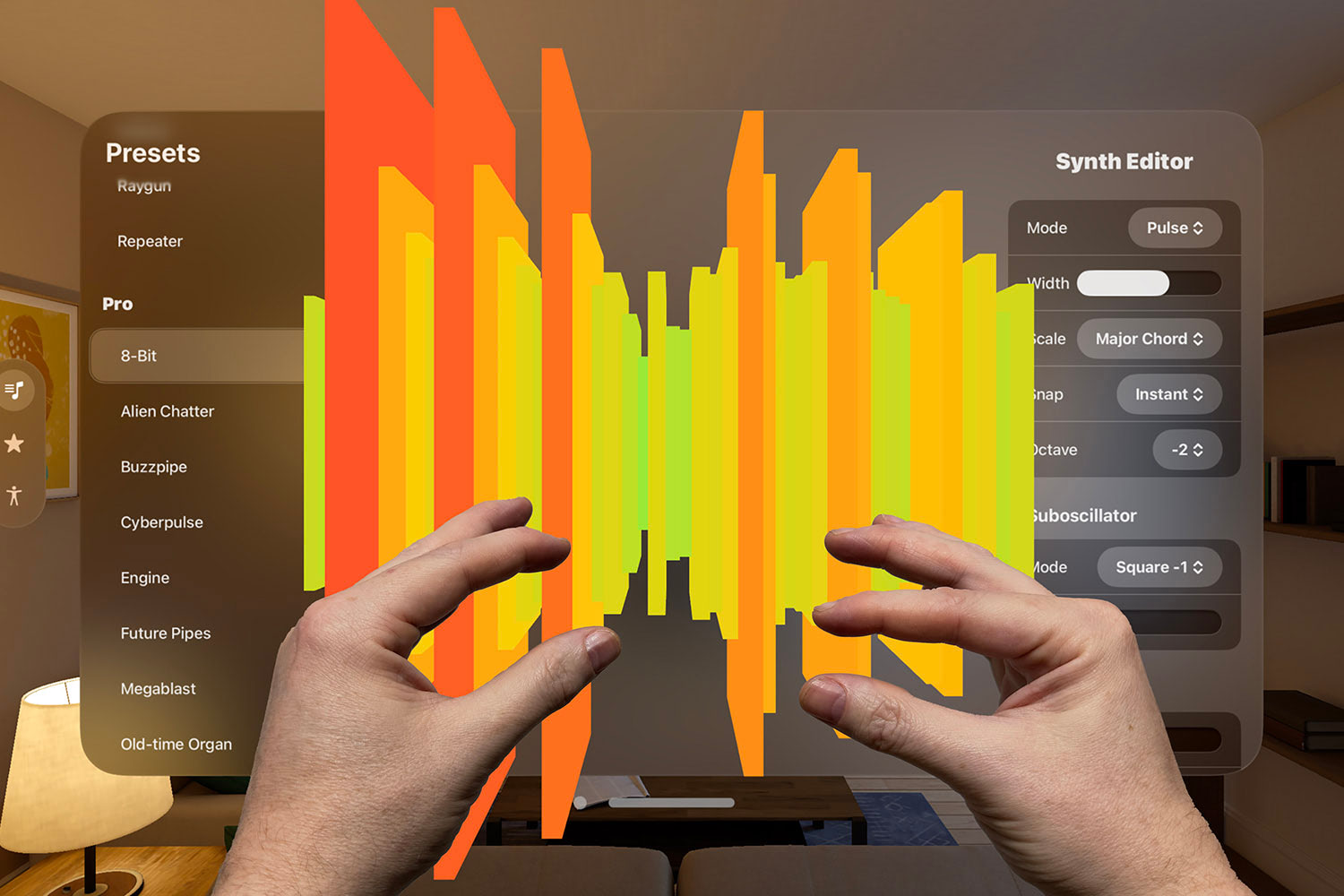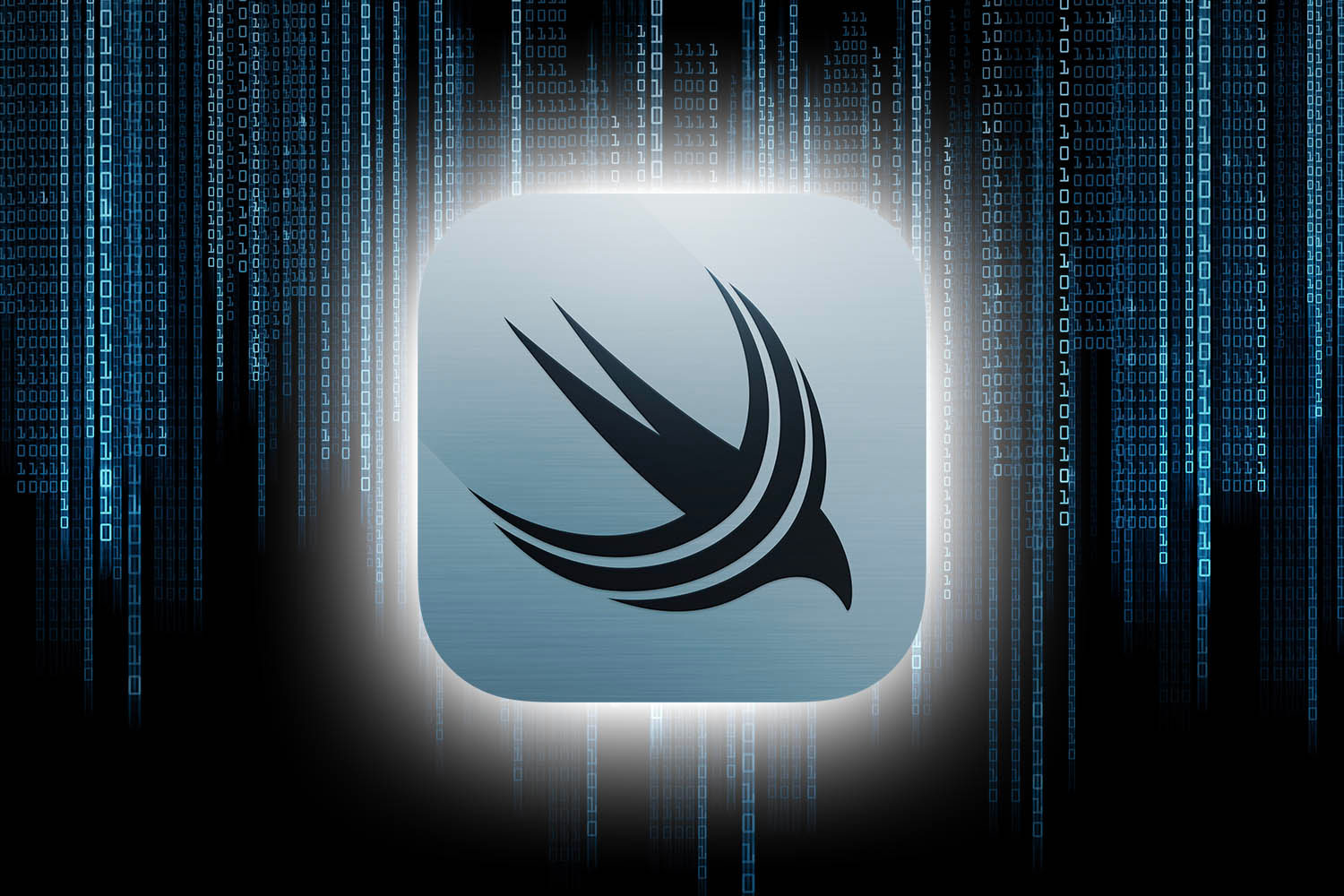Xcode tips and tricks – part four
Learn useful Xcode features with short videos.

This is part four of a series on Xcode tips and tricks, this time covering testing, debugging, colors, and more!
- Xcode tips and tricks – part one
- Xcode tips and tricks – part two
- Xcode tips and tricks – part three
- Xcode tips and tricks – part four
If you have some favorite Xcode tips of your own, let me know on Twitter!

SPONSORED Join a FREE crash course for mid/senior iOS devs who want to achieve an expert level of technical and practical skills – it’s the fast track to being a complete senior developer! Hurry up because it'll be available only until April 28th.
Sponsor Hacking with Swift and reach the world's largest Swift community!
31. Recent files
The two Xcode shortcuts I use by far the most are Ctrl+Cmd+Left and Ctrl+Cmd+Right, which move back and forward between your recently opened files. Bonus: use Ctrl+2 or Ctrl+3 to show these files as a menu you can browse through.
32. Multiple cursors
If you hold down Option and drag over a column of text, you can make edits in multiple places at the same time. Bonus: Ctrl+Shift+Click lets you place new cursors at specific points!
33. View debugging
If you have selected a view in the view debugger, you can press Shift+Cmd+D to highlight it in the debug navigator. You can also type a class name or a view’s label into the filter box to show only matching views.
34. Timing tests
Slow unit tests make it hard to run our tests frequently. Fortunately, Xcode’s Report navigator can identify slow tests so they can be optimized or moved.
35. Detecting tests
Setting a custom environment variable in your Test scheme allows you to detect when tests are running and create test configurations at runtime.
36. Debug sounds
When working with invisible components such as network requests, you can use breakpoints to play sounds when they succeed or fail – it’s a smart way of helping you track what’s going on.
37. Quick Look
Xcode’s Quick Look system is capable of rendering previews for many data types, including attributed strings, Bézier paths, PDFs, and more.
38. Named colors
Creating named colors in your asset catalog lets you load that shared color in code using UIColor(named:), or in Interface Builder’s color selection box.
39. Refactoring storyboards
If you have one storyboard that’s grown too big, you can select view controllers inside it and choose "Refactor to Storyboard" from the Editor menu. This will pull them out into a new storyboard with references back to the old one.
40. Build settings
If you’re not sure what one of Xcode’s build settings does, just hold down Option and double-click for an explanation. Alternatively, select it and open the Quick Help inspector.

SPONSORED Join a FREE crash course for mid/senior iOS devs who want to achieve an expert level of technical and practical skills – it’s the fast track to being a complete senior developer! Hurry up because it'll be available only until April 28th.
Sponsor Hacking with Swift and reach the world's largest Swift community!



























